Competition and the fight for clients are an integral part of any business, and at different times, companies have used different methods to acquire and retain customers. As we live in the age of digital transformation, the main efforts are aimed at cyberspace, where specialized software — the Digital Experience Platform — is becoming the most powerful tool for doing business.
What Is a Digital Experience Platform?
The evolution of people from ordinary consumers and workers to digital consumers and workers has resulted in increased demands and higher standards for providers. Consumers expect highly personalized, consistent and seamless digital experiences with brands and enterprises across all potential touchpoints in the 24/7 mode.
The concept of digital customer experience has also transformed. Currently, it’s not only about acquiring users via virtual channels; it’s about satisfying all of their needs and establishing long-term relationships. To achieve this result, companies should be concerned with UI improvements, mobile responsiveness, relevant content and real-time data delivery, etc.
Hence, the necessity arose to create a special software solution that will be able to manage multiple tasks.
A Digital Experience Platform (DXP) is an emerging type of advanced enterprise-level software that can organize and optimize user experiences across all digital interaction channels (websites, mobile apps, social media), as well as collect, process and analyze data for business purposes.
Typically, companies perform these tasks using separate software solutions, which is inconvenient and costly.
DXP integrates a set of technologies, such as CMS, web portals, analytics, eCommerce, marketing, search and recommendations, and operates as a single aggregated product, contributing to digital experience management. This smart integration enables the comprehensive digital functioning of an enterprise and provides impeccable customer personalization across all channels.
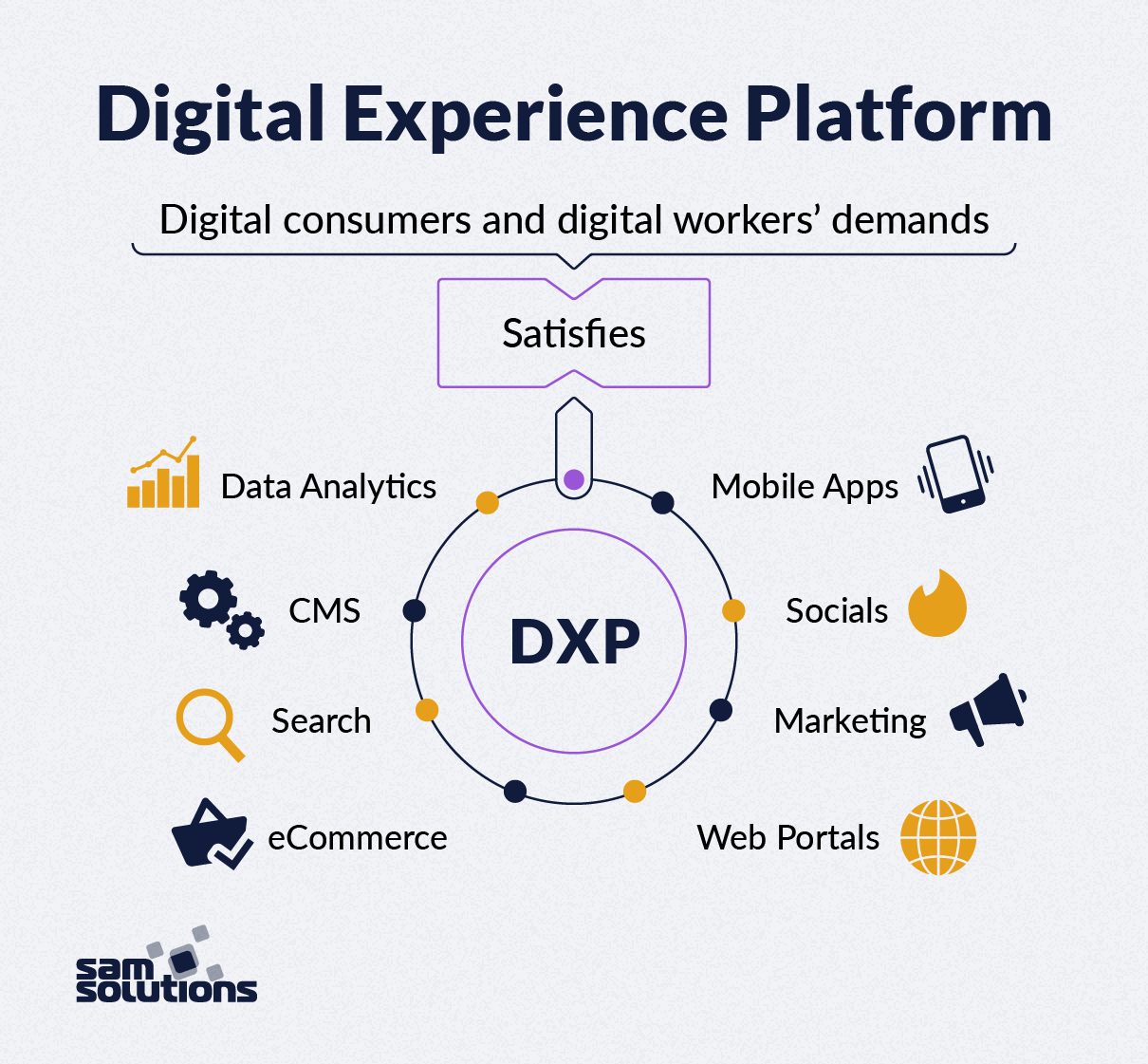
Depending on vendors and company goals, the digital experience platform architecture may include not only these basic components but various custom functions as well.
The latest research by MarketsandMarkets predicts the growth of the Digital Experience Platform market from $7.9 billion in 2019 to $13.9 billion by 2024, at a CAGR of 12.0% during the forecast period.
DXP Evolution From Other Systems
The rise of the Digital Experience Platform technology is driven by the need to make businesses more customer-oriented. DXP didn’t appear out of anywhere — it’s rooted in related software such as content management systems (CMS), web portals and eCommerce platforms.
CMS Features
- User segmentation
- Data analytics
- Content management
- Marketing campaigns
Web Portal Features
- Post-sale customer service
- Personal data collection and analysis for better understanding of user behavior and loyalty
Commerce Features
- Personalized product presentation
- Inventory management
- Payment options
- Shopping cart
- Check-out
The significant difference between a Digital Experience Platform and other types of management software is its strong integration capability and, consequently, the ability to address issues in several areas at the same time.
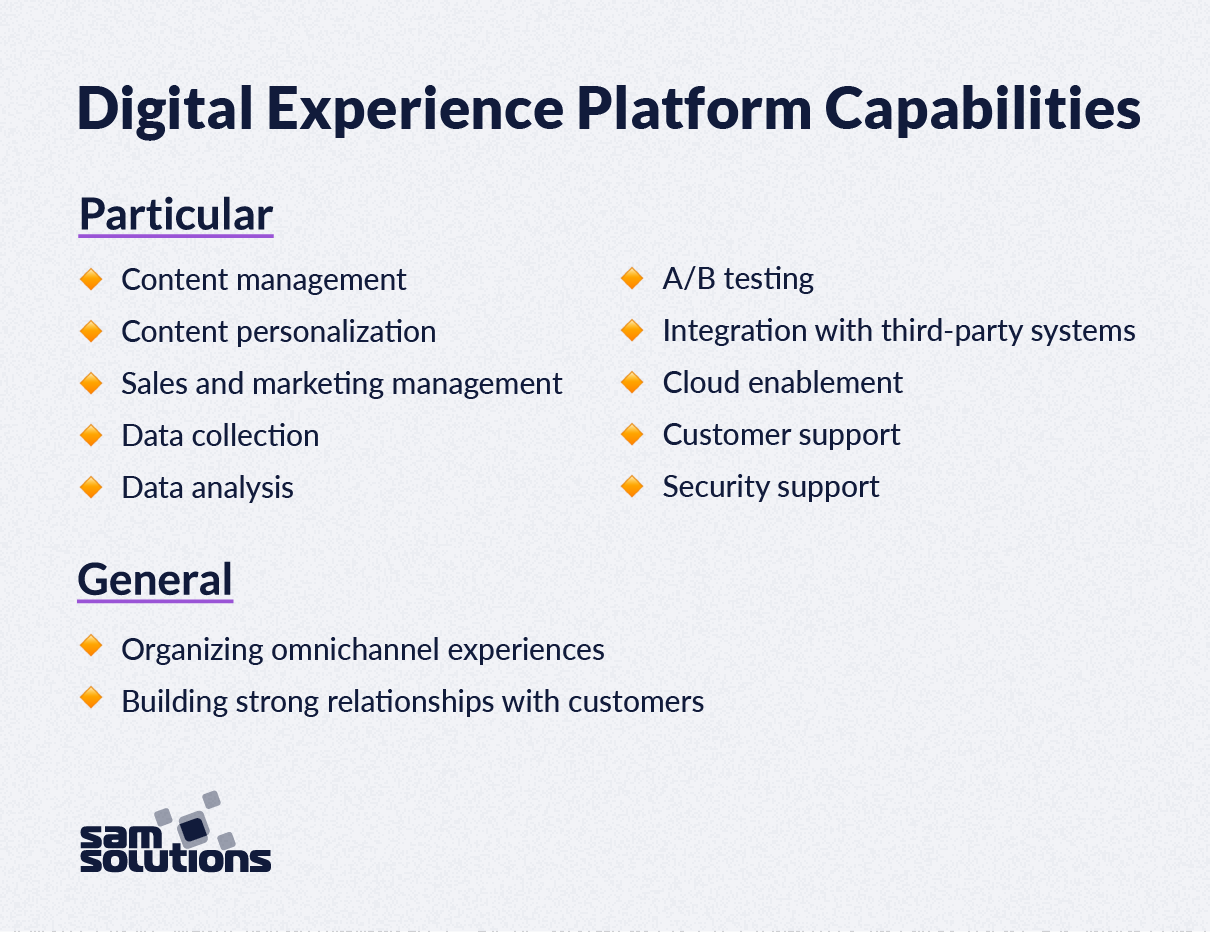
In the table, you can see common capabilities usually offered by a digital experience platform, but this list is surely not exhaustive and may vary from vendor to vendor.
Digital Experience Platform Benefits
Let’s see what benefits DXPs have for your business and how you can get a competitive edge over your peers leveraging such platforms.
1. Single Control Center
The concentration of core business components on one platform ensures a holistic control over all related processes. Just imagine the situation when you have to track user behavior across various touchpoints, then analyze collected data and deliver relevant content, providing customer support in parallel. And all these activities should be done via various software solutions. An insanely tough and expensive mission, isn’t it?
With DXPs, there is no need to switch between solutions to perform multiple tasks. A single control center is, first of all, the optimization of processes with all possible implications (the time saving, better insights, happier employees and customers, etc.), which results in a customer-centric approach of doing business.
2. Improved Employee Productivity
A DXP positively influences the working processes within a company, leading to improved internal productivity. Here are the reasons:
- Employees get a chance to access the necessary information whenever they need
- The silos and barriers between departments are eliminated
- Better communication and collaboration improves efficiency
- Built-in language tools make multilingual management easier than ever before
Customization is another valuable feature of this solution that facilitates improvements in productivity. Thus, the team can easily change settings and upgrade tools if necessary in accordance with their requirements. Flexibility always means a better outcome.
3. Customer Loyalty
Getting comprehensive visibility of customer data from this system, business owners have a unique opportunity to sketch a 360-degree portrait of potential clients and mold their offerings to particular client needs.
Deeply personalized content is directly proportional to customer satisfaction. People like it when they get what they want in a fast and efficient manner. Moreover, people like the feeling that the service or product provider cares about them.
If you want to contribute to establishing long-term relationships with your buyers, consider acquiring a digital experience platform.
4. Data-Based Decision-Making
One of the core DXP functions — in-depth data analysis — prepares the ground for well-informed decisions that can drive the development of enterprises. But gaining information is only half the battle. You should also use it wisely and turn data into action.
With the platform, it gets much easier to better understand your clients and make the right decisions at the right time.
5. Long-Term Cost-Effectiveness
DXPs are not cheap solutions. Nevertheless, perfect outcomes in the long run — such as flexible architecture with integration capabilities, or increased customer loyalty with improved sales — can more than offset the initial expenses.
Now when you know the digital experience platform definition and the advantages it can bring to companies, you will probably think about finding the appropriate DXP vendor to integrate the platform into your development strategy.
Take a look at the list of the most prominent DXP providers in the market as of now.
Best DXPs Vendors
Every year, Gartner classifies providers of various digital services using a visualization tool of a magic quadrant. Magic Quadrant for Digital Experience Platforms 2019 lists vendors such as Adobe, Sitecore, IBM, Liferay and Salesforce in leading positions. Their challengers are Oracle, Microsoft, SAP and nine more providers.
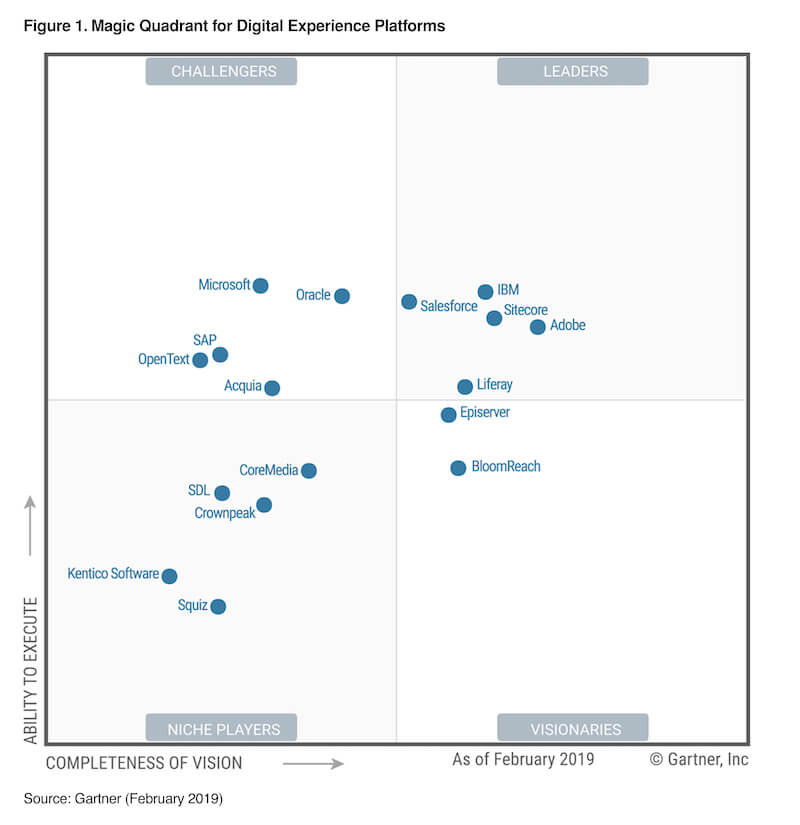
Adobe
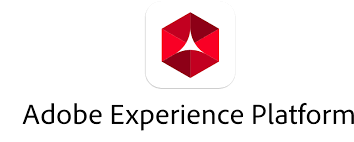
Open and flexible architecture in combination with intelligent tools, services and APIs provide a unique environment for you to develop custom applications that will best suit your company’s processes. The smart layer of this platform — Adobe Sensei — is based on artificial intelligence (AI) to enable data-driven decisions and highly personalized customer experiences.
The integrated Adobe Experience Cloud makes it possible to deliver relevant content through any channels.
Sitecore
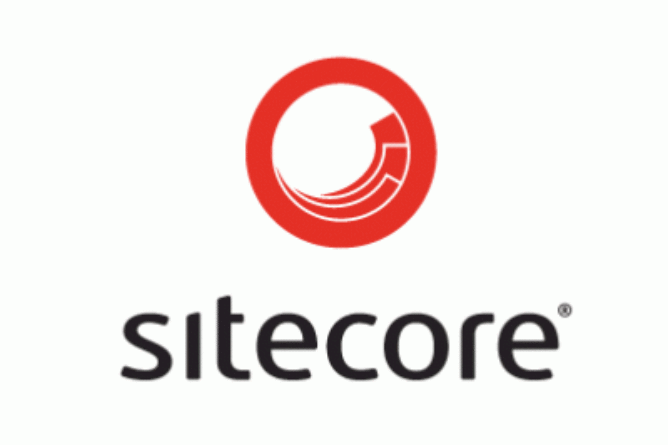
A famous content management system (CMS) provider, Sitecore extended its capabilities by adding data analytics, marketing automation and real-time personalized content delivery across all touchpoints.
You can create multilingual sites and cross-channel campaigns to improve interactions with clients, while machine learning tools will help you decode gathered data and make the proper use of them.
IBM
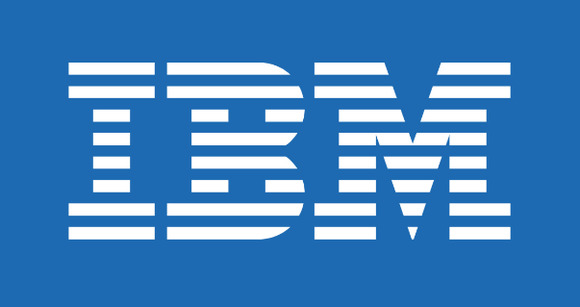
A constant leader of Gartner’s reports, IBM created a comprehensive and innovative Digital Experience software that is both IT and marketing-friendly. Its core capabilities include an omnichannel experience, intuitive content management, personalized content delivery, integration with internal systems, intelligent data analysis.
Liferay
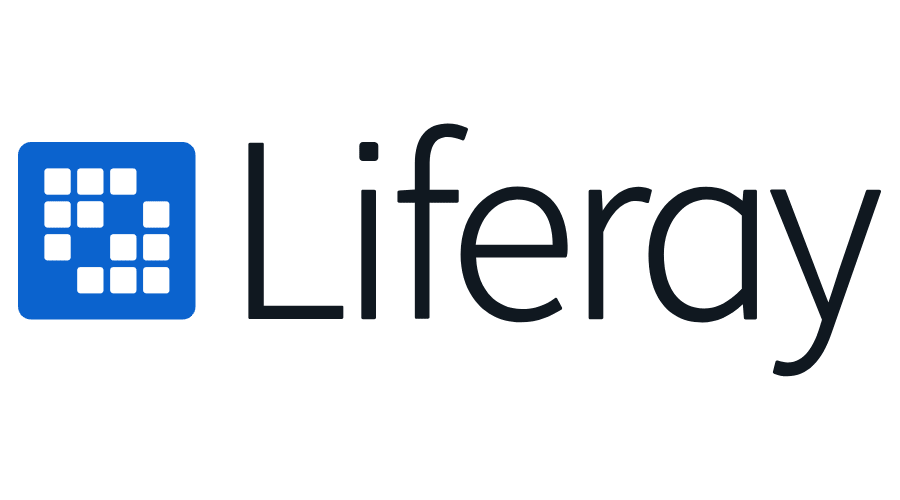
Liferay DXP offers users the ability to create great experiences within your existing business processes. It provides application security, integration with numerous tools and frameworks, collaboration within social media channels, business process automation, multichannel support, segmentation and personalization.
Liferay is suitable for intranets, partner and customer portals, websites, integration platforms such as ERP, mobile app development, web platforms, marketing technology, customer databases.
Salesforce
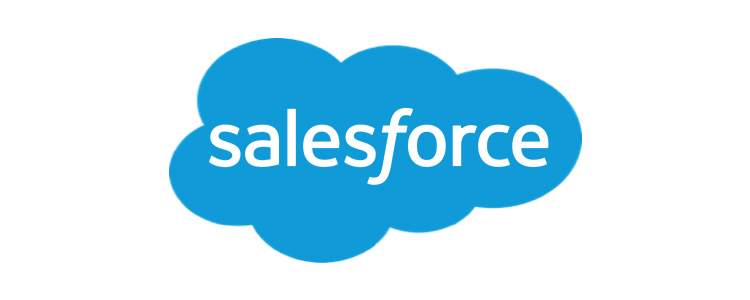
The global leader in Customer Relationship Management (CRM), Salesforce reaches companies of every size and industry, improving their communication with customers.
The Salesforce solution is notable for its simplicity, rich functionality and scalable architecture.
Becoming Digital Is Easy
Going digital is an inevitable step for all modern companies that want to stay afloat. With the existing technologies and consulting services for implementation, this process is not as scary as it sounds.
You can start your digital journey by developing a CMS or an ERP system.
Concerning DXP acquisition, the first thing you need to do is evaluate your business requirements, establish your goals and make sure that you really need this kind of software. If the answer is “yes,” then proceed with choosing the appropriate vendor and start shaping your future.



















 The Latest 15 Information Technology Trends in 2024
The Latest 15 Information Technology Trends in 2024 Top 10 Embedded Software Development Tools
Top 10 Embedded Software Development Tools IaaS vs. PaaS vs. SaaS: What’s the Difference?
IaaS vs. PaaS vs. SaaS: What’s the Difference? IoT Development: Top 15 Internet of Things Tools and Platforms in 2024
IoT Development: Top 15 Internet of Things Tools and Platforms in 2024 10 Examples of Predictive Analytics
10 Examples of Predictive Analytics




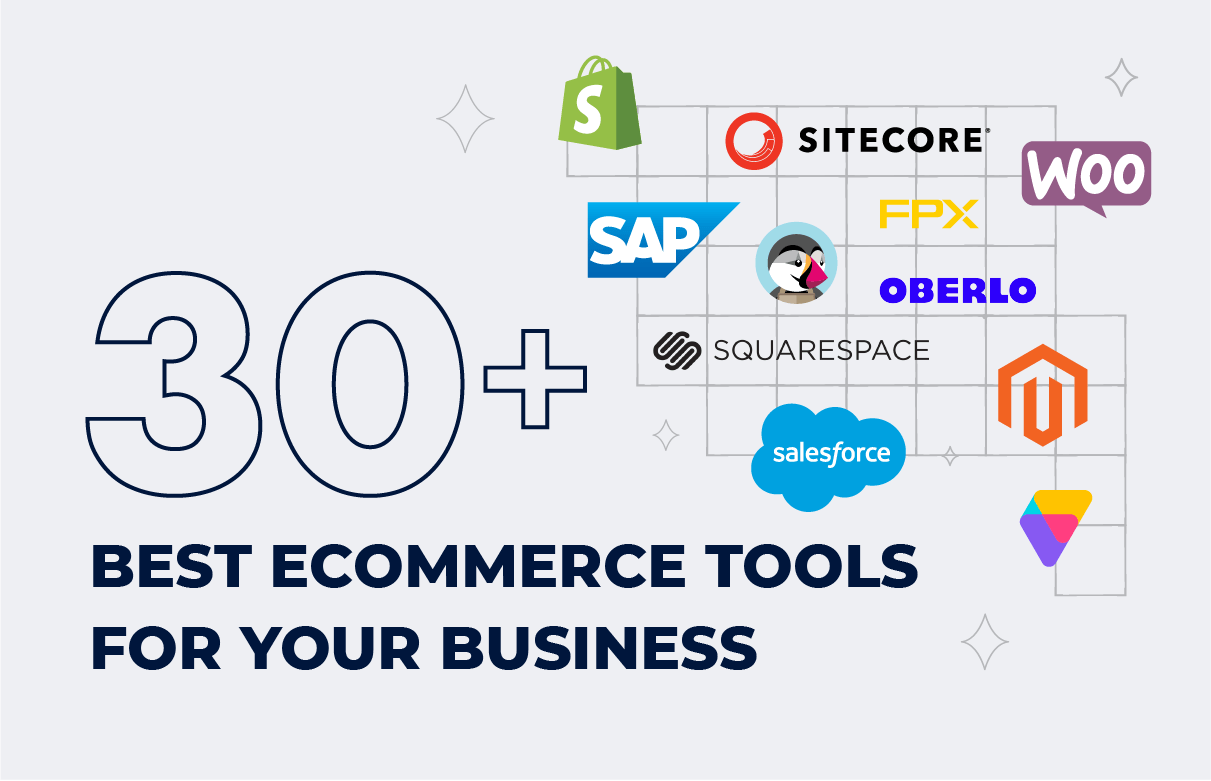


![What Is Ecommerce Customer Service? [Including 8 Best Practices]](https://www.sam-solutions.com/blog/wp-content/uploads/Customer-Service-in-eCommerce.png)



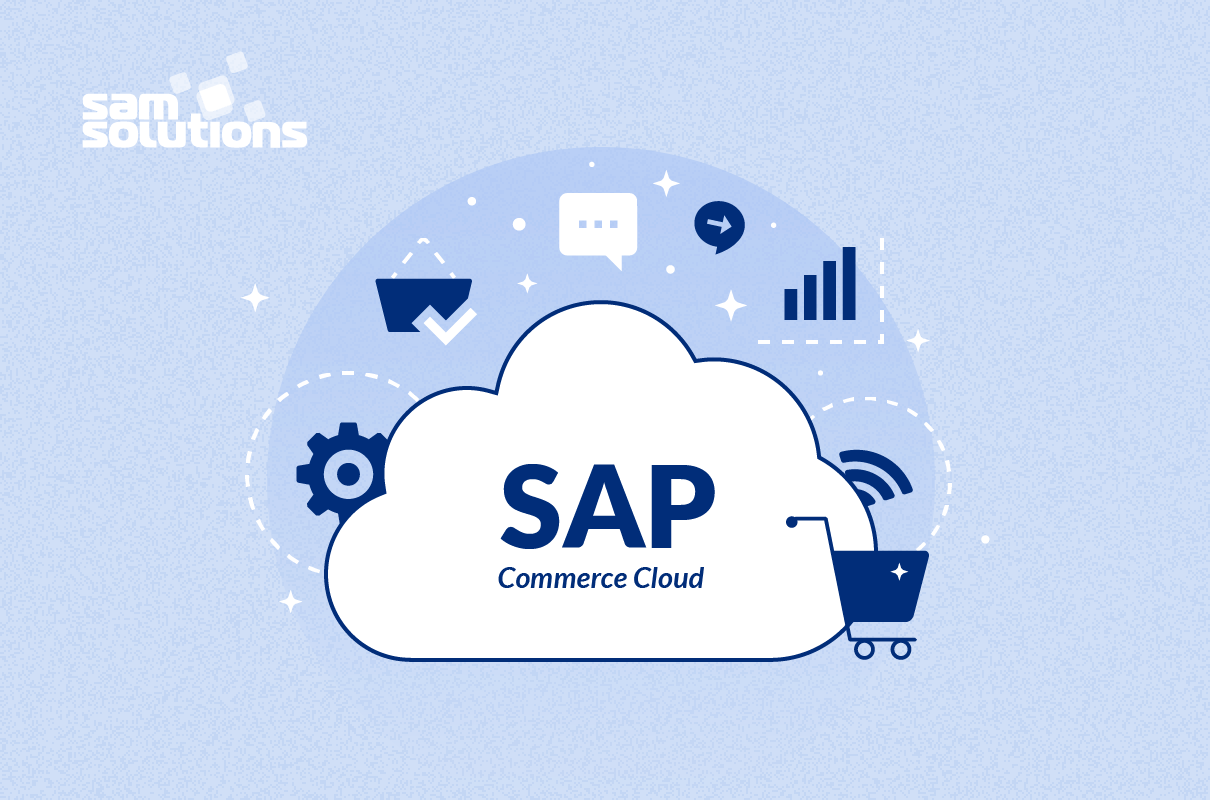
 SAP Commerce Cloud (ex.Hybris) and S/4Hana Integration
SAP Commerce Cloud (ex.Hybris) and S/4Hana Integration Java Microservices Architecture: A Comprehensive Guide
Java Microservices Architecture: A Comprehensive Guide Azure Java Development: A Comprehensive Guide
Azure Java Development: A Comprehensive Guide SAP Commerce Cloud Accelerators
SAP Commerce Cloud Accelerators Top Java Technology Trends 2024–2025
Top Java Technology Trends 2024–2025
You had made some good points there. I checked on the net for more information about the issue and found most people will go along with your views on this website.